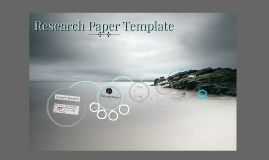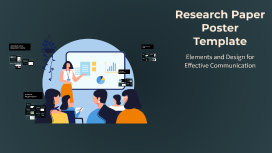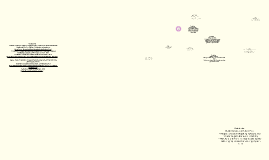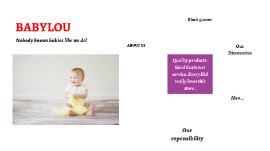Research Paper Poster Template
Transcript: Research Paper Poster Template Presentation Tips Introduction to Research Posters Handling Questions Engaging the Audience Utilize storytelling and personal anecdotes to create a connection. Ask thought-provoking questions throughout the presentation to encourage audience participation and interaction, making the session more dynamic and memorable. Prepare for questions during the presentation by anticipating likely inquiries. Answer concisely and confidently, and ensure to engage with the audience by encouraging further questions after the session. Purpose of Research Posters Time Management During Presentation Effective Use of Space Allocate time wisely among presentation sections, reserving moments for transitions and audience engagement. Practice the presentation to ensure that all key points are covered without exceeding the allotted time. Arrange space thoughtfully to facilitate visibility of the poster and interaction. Ensure all visuals are accessible and decluttered to enhance overall aesthetics and ease of comprehension. Research posters succinctly convey complex information, allowing researchers to share their work efficiently at conferences and academic events. They attract attention, facilitate discussion, and create opportunities for networking among peers. Overview of Components Elements and Design for Effective Communication Importance in Academic Communication Key components of a research poster include the title, authors, abstract, methodology, results, and references. Each element is designed to guide viewers through the research narrative, making complex data easily understandable at a glance. Research posters bridge the gap between detailed research papers and quick, visual communication. They present key findings, methodologies, and insights in a visual format, making them accessible to a broader audience including experts and non-experts alike. Design Elements Color Schemes Layout and Structure A well-organized layout facilitates easy navigation and comprehension. Utilize grids to maintain alignment, ensuring essential components like headings, text, and visuals are cohesively presented and balanced across the poster. Choosing a harmonious color scheme establishes an effective visual hierarchy. Limit the palette to 2-3 primary colors and ensure high contrast for readability while creating an appealing aesthetic. Typography Use of Visuals and Graphics Select legible fonts that reflect the poster's tone. Use a maximum of two complementary fonts, maintaining consistency in size and spacing, which aids readability for diverse audiences. Visual elements such as graphs and images enhance understanding and retention. Ensure graphics are relevant and of high quality to support the narrative rather than distract from it. Content Organization Title and Author Information The title should be concise, clearly reflecting the research focus. Include author names, institutional affiliations, and contact details for validation and follow-up. Results and Discussion Present key findings using visuals such as tables and graphs for clarity. Discuss how the results fit into broader research contexts and implications for future research. Abstract and Introduction This section summarizes the study's purpose, significance, and context. It's crucial for establishing the research framework and attracting interest from the audience. Conclusion and References Methodology Summarize the key takeaways from the research. Cite relevant literature to support claims made in the poster, ensuring all sources are listed clearly for audience reference. Details of the research design, materials, and procedures are essential for replicability. This section allows the audience to assess the validity of the findings based on appropriate methodologies.

















